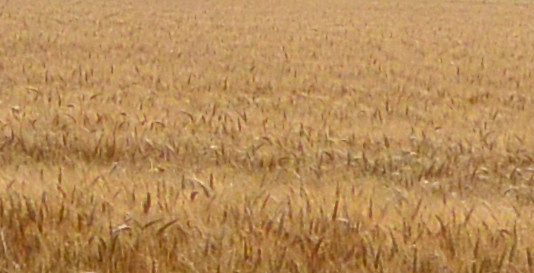Tiiips app: ingredients detective.
Free from Play Store!


Tiiips app: ingredients detective.
Free from Play Store!


| "Descrizione" by Nat45 (5698 pt) | 2020-Oct-14 19:02 |
| Evaluation | N. Experts | Evaluation | N. Experts |
|---|---|---|---|
| 1 | 6 | ||
| 2 | 7 | ||
| 3 | 8 | ||
| 4 | 9 | ||
| 5 | 10 |
Wheat (Triticum L. ) belongs to the Graminaceae family.
Wheat is a basic ingredient in the human diet and is incorporated into many food products including bread, cereals and pasta.

The main component (60-70%) of wheat is starch, a source of glucose rapidly released during digestion that contains two main glucose polymers, Amylosis and Amilopectin.
With the rise of human health problems such as obesity and diabetes, there has been a growing interest in altering the composition of starch in cereals and increasing the percentage of resistant starch.
Resistant starch is the fraction of starch that escapes digestion in the small intestine (1) and is considered a form of dietary fiber with beneficial health properties (2). Because foods high in resistant starch are digested more slowly, they have been shown to improve insulin response and increase satiety (3).
The advantages of resistant starch also extend to colon health where fermentation occurs in the large intestine (4).
Wheat is used to obtain flours that can be:
The more refined the flours are, the more they lose their nutritional characteristics.
For example, type 0 is different from 00 because it is less refined in grinding.
Nutritional values:
Pretty caloric with about 337 kcalories per 100 grams.
Saturated fatty acids: 0.4g per 100 grams
It contains less protein than hard wheat that is used for the preparation of pasta.
References_______________________________________________
(1) Development of high amylose wheat through TILLING
Ann J Slade, Cate McGuire, Dayna Loeffler, Jessica Mullenberg, Wayne Skinner, Gia Fazio, Aaron Holm, Kali M Brandt, Michael N Steine, John F Goodstal, Vic C Knauf
BMC Plant Biol. 2012; 12: 69. Published online 2012 May 14. doi: 10.1186/1471-2229-12-69
(2) Englyst HN, Macfarlane GT. Breakdown of resistant and readily digestible starch by human gut bacteria. J Sci Food Agric. 1986;37:699–706.
(3) Robertson MD, Currie JM, Morgan LM, Jewell DP, Frayn KN. Prior short-term consumption of resistant starch enhances postprandial insulin sensitivity in healthy subjects. Diabetologia. 2003;46:659–665.
Robertson MD, Bickerton AS, Dennis AL, Vidal H, Frayn KN. Insulin-sensitizing effects of dietary resistant starch and effects on skeletal muscle and adipose tissue metabolism. Am J Clin Nutr. 2005;82:559–567
(4) Topping DL, Clifton PM. Short-chain fatty acids and human colonic function: roles of resistant starch and nonstarch polysaccharides. Physiol Rev. 2001;81:1031–1064.
| Evaluate |